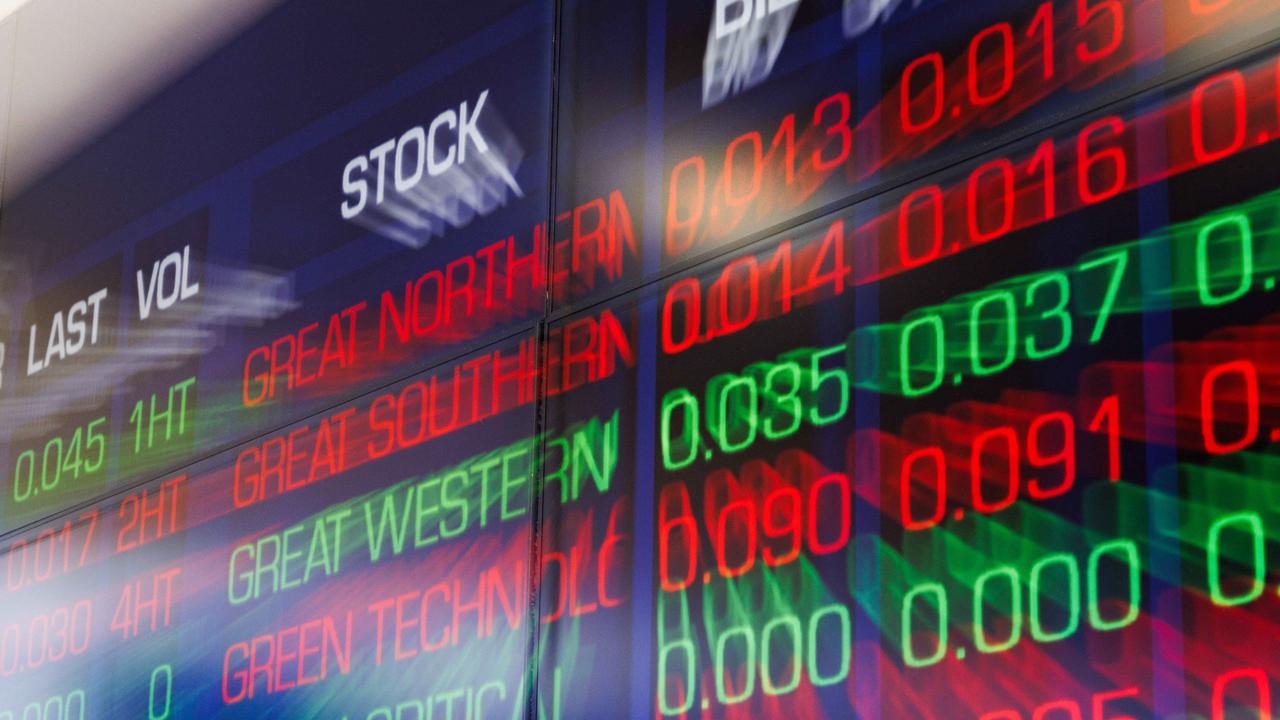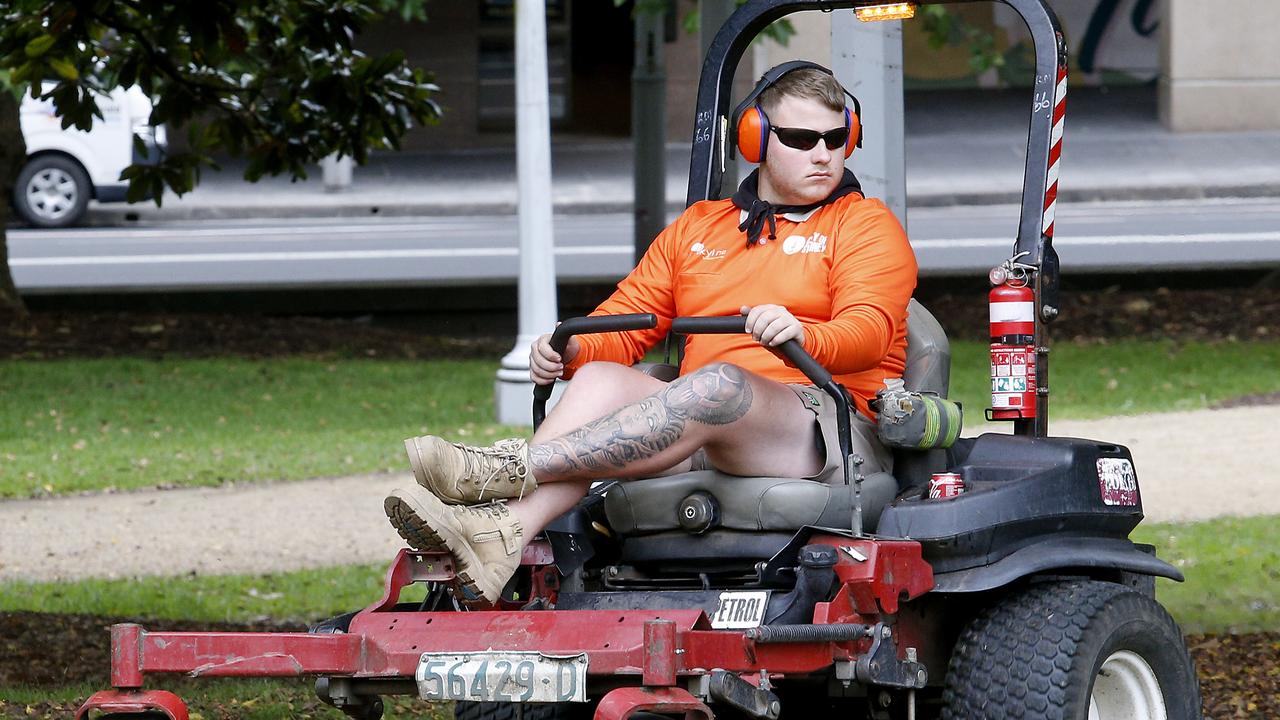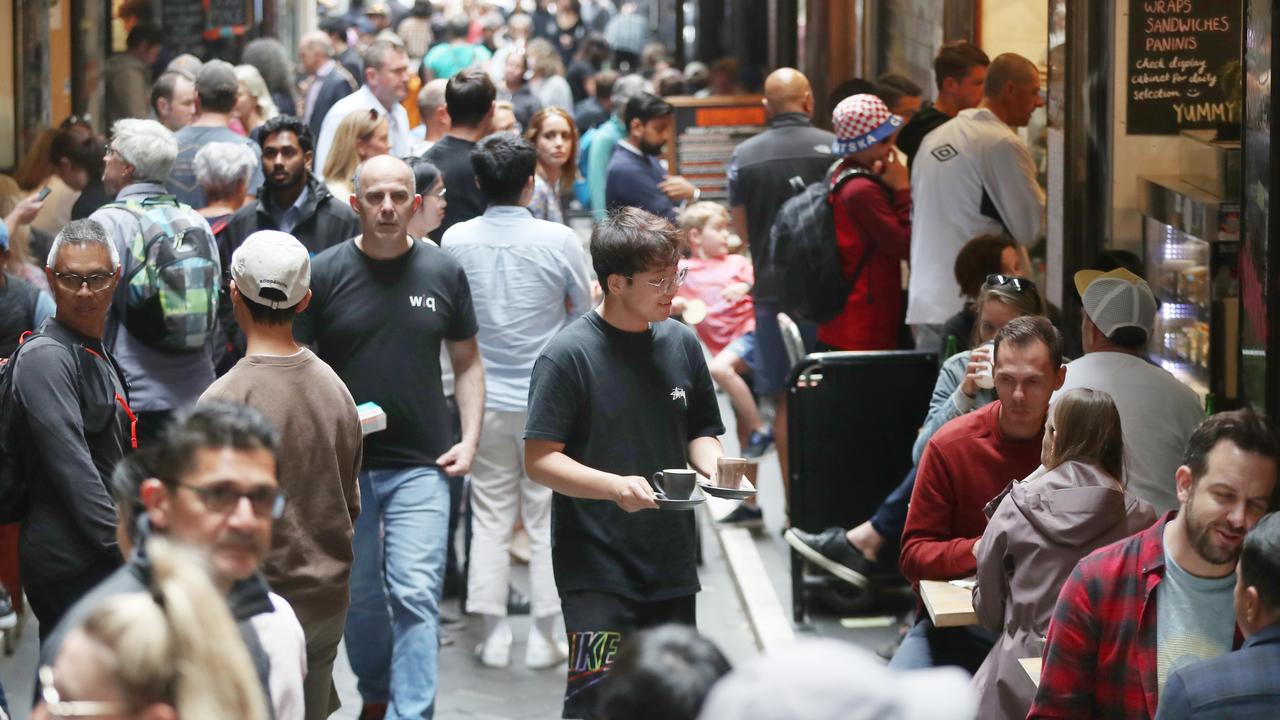Retailers and consumers face “penny pinching” Christmas as interest rates bite
Aussie shopping habits have changed under the weight of the ongoing cost-of-living crunch, which could lead to a big change this festive season.

Economy
Don't miss out on the headlines from Economy. Followed categories will be added to My News.
Retailers are hoping for a lucrative festive season with businesses offering significant discounts in the lead up to the Black Friday sales period a bid to attract shoppers on the hunt for a bargain.
But economists are warning that high inflation, deeply pessimistic consumer sentiment and the prospect of a possible 14th rate hike in December could dampen spending just in time for Christmas.
The former boss of David Jones, Paul Zahra, who now heads the Australian Retailers Association (ARA), said shoppers’ preferences had changed under the weight of the ongoing cost-of-living crunch.
“What we’re finding is that consumers [have become] a very much a budget conscious consumer, driven by value,” Mr Zahra said, adding that “consumers still want the joy of Christmas, of course, but they’re shopping on a budget.”

The ARA and research partner Roy Morgan predict shoppers will spend $66.8bn between the start of November and Christmas Eve. Billions more will be spent in the Boxing Day sales period.
But while the total spend is essentially the same as the 2022 festive season, this has held constant due to a surge in population, up 2 per cent, and high inflation, which the RBA expects will be still running at 4.5 per cent by the end of December.
Easing supply chain blockages, which have slowly unwound since their peaks during the pandemic and the war in Ukraine, have also pushed store inventories higher.
Food spending in lead up to Christmas will be up on 2022 levels, according to the ARA’s forecasts, as would spending on other items like books and cosmetics. But shoppers will spend less on household goods, hospitality, and clothing.
The all-important festive season is make or break for many retailers, accounting for almost two-thirds of annual profits.
“For small business owners, if they don’t succeed through Christmas, they won’t have enough cash to sustain them through the winter months … It’s a really important, crucial time for trading,” Mr Zahra added.

Acknowledging that another rate hike in December would be “severely detrimental” for the retail sector, Mr Zahra said retailers were starting sales early in a bid to sell stock as soon as possible to minimise the impact that another possible increase.
“Retailers are trying to pull the money out of the market as quickly as possible because they don’t know what December is going to look like … they are beholden to the RBA decision,” he said.
“Retailers are doing it very, very tough. While there’s a cost-of-living crisis, there’s also a cost of doing business crisis … We’ve got very subdued discretionary spend.”
The warning from retailers comes as new figures show weakening household spending growth under the weight of the continued cost-of-living crunch.
Ahead of the festive season sales period, the Commonwealth Bank’s monthly household spending indicator, which aggregates payments data from the CBA’s seven million customers, reveals the increasing financial pressures faced by Australian families.
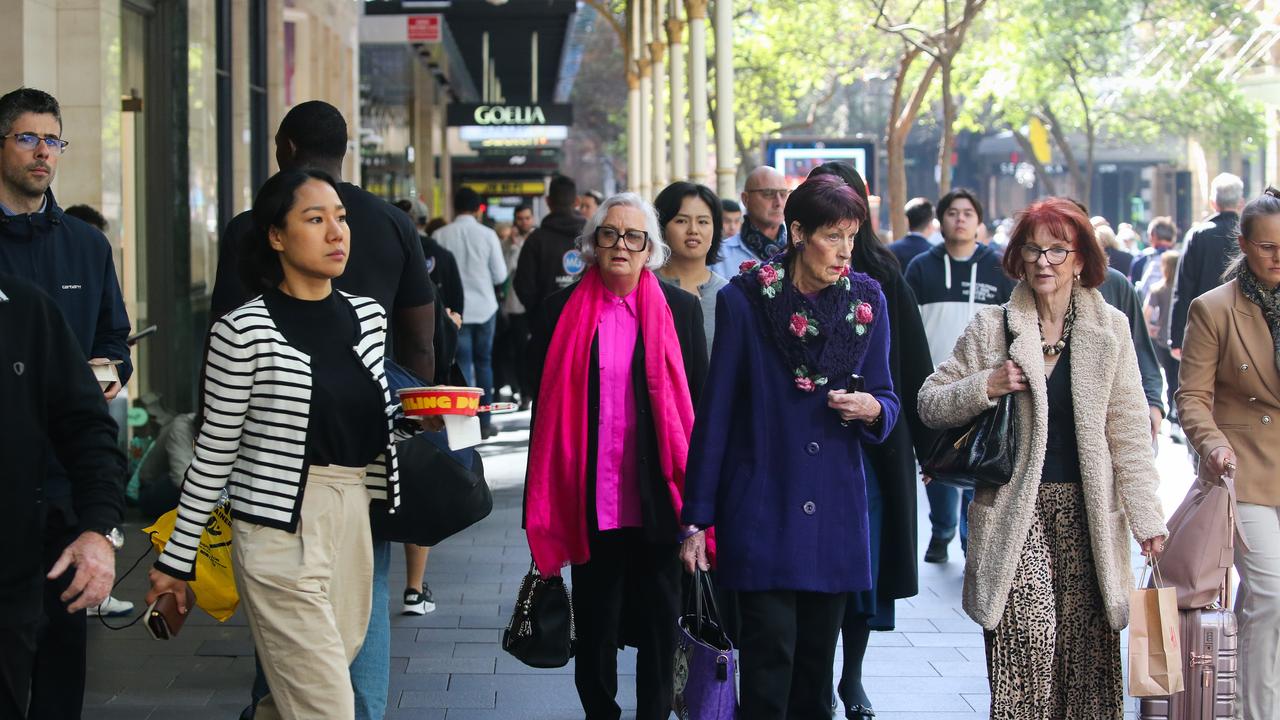
While the indicator shows spending rose in the year to October by 2 per cent, spending dropped by 1 per cent last month as households were forced to forego discretionary purchases as inflation weighs on family budgets.
Recreation spending sank 4.7 per cent, while heading out to cafes, bars and restaurants dropped 4.5 per cent, the data showed.
However, this weakness was offset by increases in spending for essential categories, utilities which rose 2.2 per cent, transport up 2.0 per cent, and education adding 1.3 per cent.
CBA chief economist Stephen Halmarick said the current inflationary environment was having an impact on household goods, like clothing and footwear, where spending had declined most sharply in the last 12 months.
“People have to adjust their budgets given the high cost of living, the high costs of mortgages, the high cost of some of the essentials, and reducing their spending on some of those discretionary items,” he said.
Within retail spending, shoppers are also opting for cheaper options, including online outlets and second-hand stores, while winding back at jewellers, boutiques and on more expensive products like appliances and furniture.
With sales soon to commence, separate consumer sentiment data, released by Westpac earlier this week, showed despite a rent rally in October, confidence tumbled following the RBA’s most recent rate hike on November 7.
The bank’s senior economist Matthew Hassan said the Cup Day decision, where the RBA lifted the official cash rate a 13th time since May last year to 4.35 per cent, was placing renewed pressure on family finances.
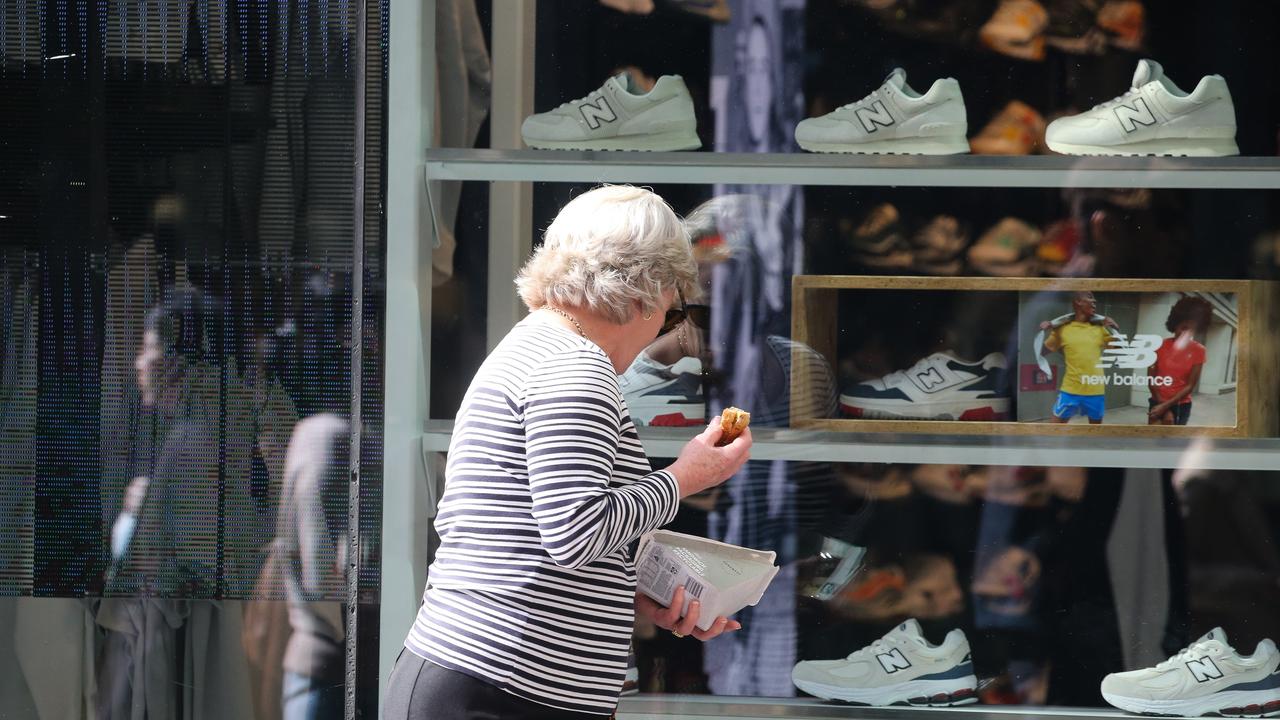
“Previous months had been showing some tentative signs that sentiment was starting to lift out of the deep pessimism that has prevailed since the middle of last year,” Mr Hassan said.
“That rally looks to have been cut short before it even really began.”
At 80 points, the index is now sitting at recessionary levels, and in the near 50-year history of the survey has only been lower during the economic downturn of the early 1990s and during the Covid-19 pandemic.
The plunging in sentiment was driven by a sharp deterioration in expectations linked to family finances over the next 12 months, a result which Mr Hassan said pointed to another “penny-pinching” Christmas period.
Crucially for retailers, four in 10 households are planning to spend less on gifts than in 2022, the data showed.
Money markets are pricing less than a one in ten chance that the RBA will hike rates again when it meets in just over a fortnight’s time, however stronger than expected wages and jobs numbers released earlier this week adds greater pressure on central bank to deliver a final pre-Christmas increase.
While a December move is uncertain, another hike will undoubtedly spell further pain for shoppers and retailers alike.
Originally published as Retailers and consumers face “penny pinching” Christmas as interest rates bite


